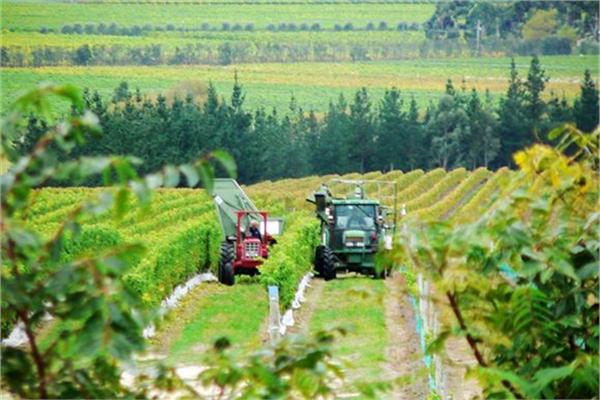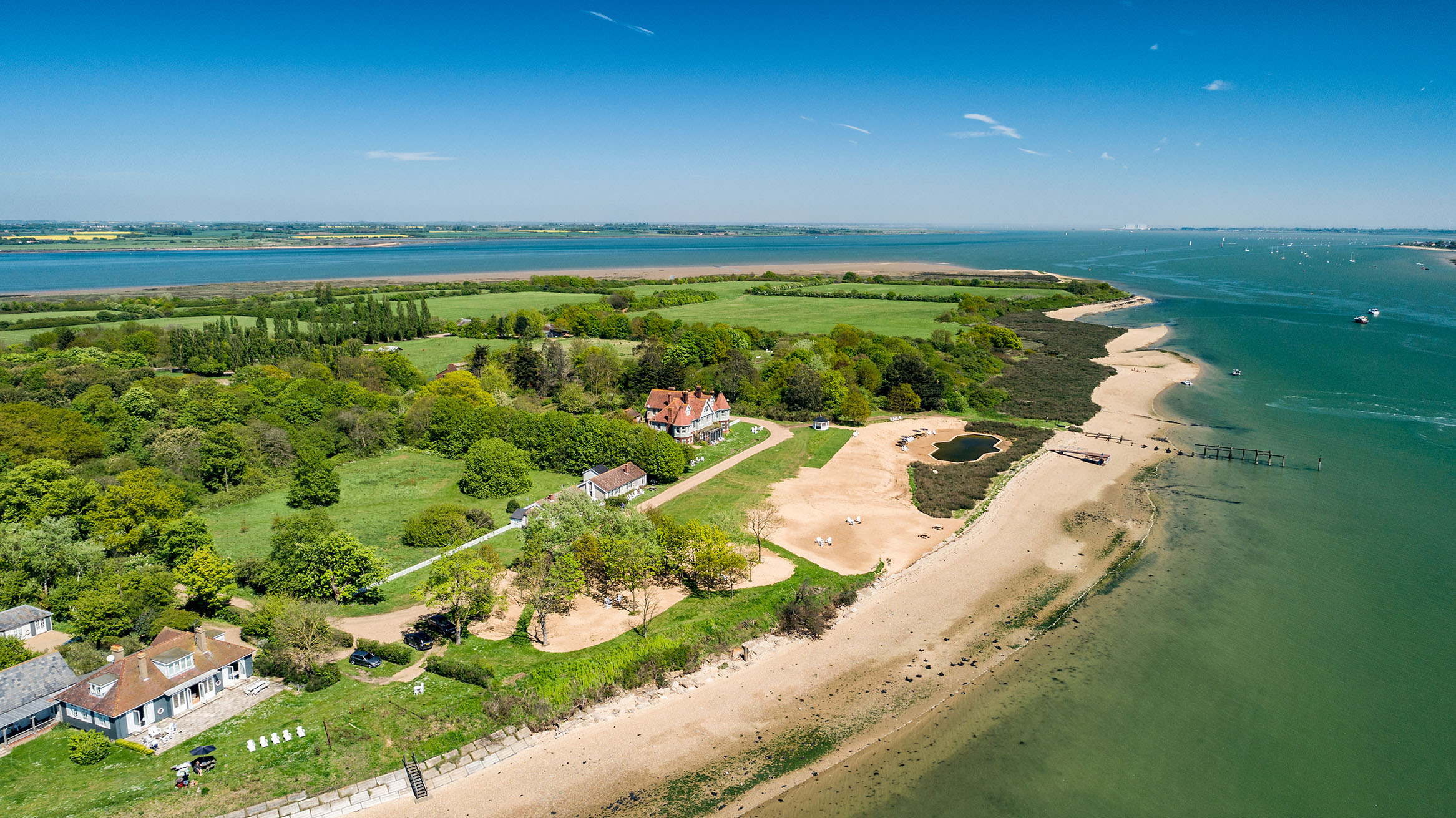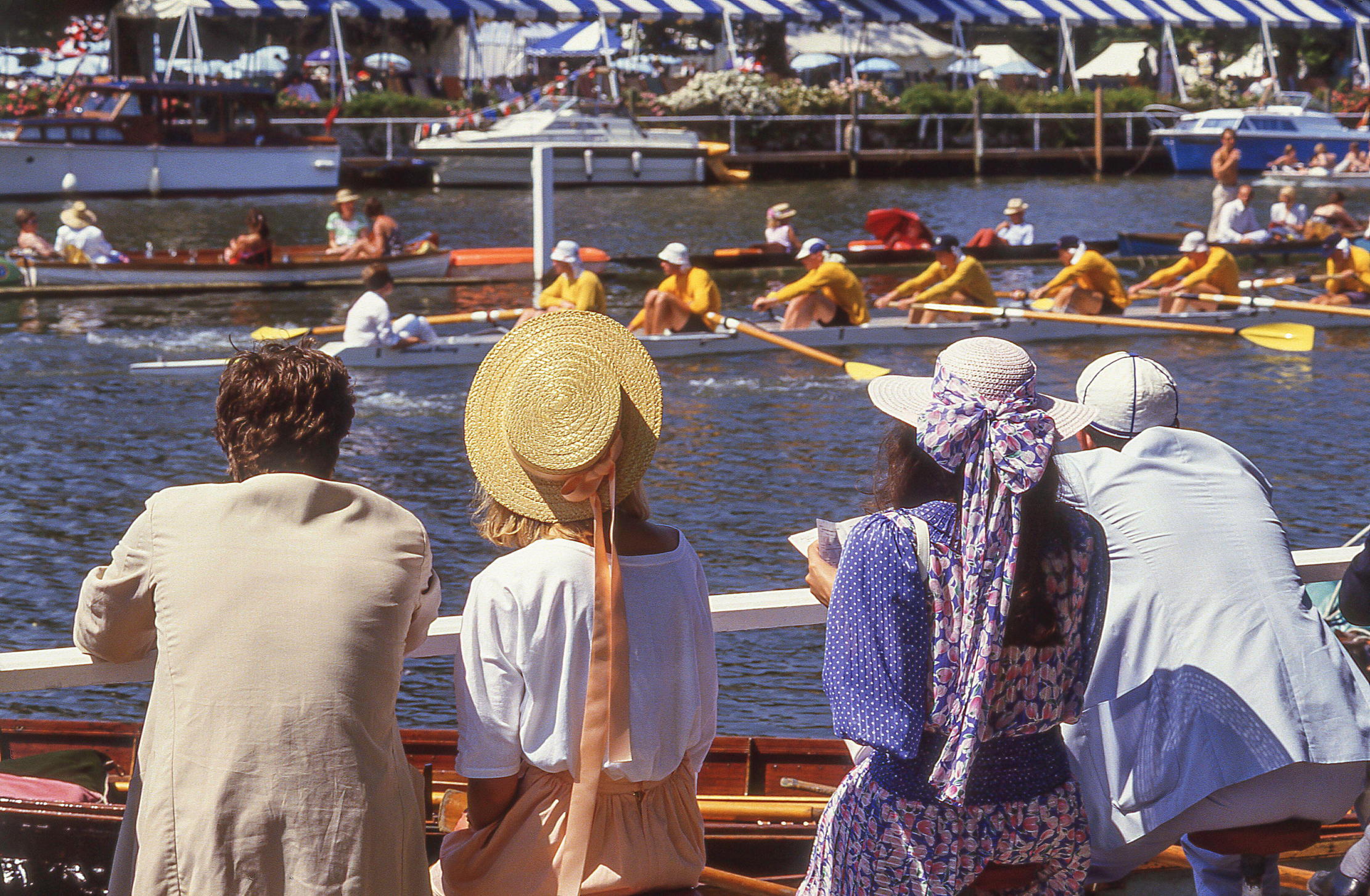Buying property with vineyards
Country houses in England with vineyards are more popular than ever, but if it's vineland you're after make your choices wisely and don't expect to make millions, says Adam Lechmere


English sparkling wine is now recognised by aficionados as among the best in the world, and producers such as Ridgeview, Nyetimber and Chapel Down regularly compete against the top Champagnes to win the highest accolades. There are also many smaller producers making excellent wines, such as Nick Hall at Herbert Hall, a 10-acre vineyard at Marden in Kent, whose sparkling wine is already in Le Gavroche, Scott's and the House of Commons.
As a result, interest in English vineland has never been stronger. Every month, a new deal is announced: Strutt & Parker have just sold 90 acres of prime vineland in Kent to a wine producer from the Languedoc, and former hedge-fund manager Mark Driver is just setting out to plant what will be England's largest vineyard, the 400-acre Rathfinny estate in East Sussex.
But how easy is it to become a wine producer? The crucial thing, obviously, is to have the right land. Aspect is key-south-facing slopes are best. Vineyard consultant Stephen Skelton (07768 583700; www.englishwine.com), who advises many of the major English growers, says that the majority of good vineyards are found in regions known for their fruit, as the requirements are the same. The land should be as warm as possible, sheltered, and ideally less than 330ft above sea level: the worst position is on top of a hill. Almost any kind of soil will support vines, although heavy, clay-based soils are not ideal.
The chalkland of southern England (from the same continental shelf that Champagne sits on) is excellent, as are gravelly or limestone soils, and surfaces with big stones that retain the heat. As to size, most experts agree there is no minimum for profitability. As a rule of thumb, in a good year, you should get a yield of three to four tons per acre, and one ton makes about 750 bottles of sparkling or 950 bottles of still wine, so 10 acres will bring you upwards of 20,000 bottles of sparkling wine. The bible of agricultural costing, the John Nix Farm Management Pocket Book, says ‘a small enterprise selling wine at the farm gate and to local restaurants may be more profitable than one with 10 hectares selling only grapes'.
Once you've identified a promising spot, it's essential to get professional advice, and here you're in a good position: the English wine industry is maturing fast, and there is now a growing pool of consultants to advise on everything from soil suitability to the best trellis-ing system. It's even more essential to be realistic about cost. John Nix reckons you should budget for £8,000-£10,000 per acre investment capital to cover planting and the first three years, not including the price of land.
From the year of planting, you shouldn't expect to see any returns for, at the very least, four years. If you're making sparkling wine (which, in England, is the only option with any commercial viability), it will be a minimum of five years: the first crop in year three, and 1-2 years' bottle ageing once you've made the wine. Realistically, if you plant a vineyard in 2013, you wouldn't see a bottle on the shelf before 2018. Simon Robinson, a solicitor who owns the 35-acre Hattingley Valley vineyard in Hampshire, makes it clear. ‘When you consider the cost per acre to plant a vineyard, and you don't see a return for five to seven years, you realise how hard-nosed you have to be about its economic viability.'
If you're starting on a smaller scale, you don't need to invest in winemaking equipment, which can cost anything from £75,000 to millions. There are plenty of experts offering planting services, winemaking facilities and bottling and labelling systems. At Hattingley Valley, for example, Mr Robinson makes wine for some 10 or 11 growers on a variety of bespoke contracts. There is also an active trade in grapes, and opportunities for contract growing as the bigger producers run out of suitable vineland of their own.
Sign up for the Country Life Newsletter
Exquisite houses, the beauty of Nature, and how to get the most from your life, straight to your inbox.
Establishing a vineyard in England can be fraught with difficulty. It's expensive and you're at the mercy of a climate that is marginal for growing grapes, but if it's not going to make you rich, it might put a smile on your face. ‘I don't know if it's the best thing I've done, or the most stupid,' Mr Robinson adds, ‘but it's certainly the most fun.'
English Wine Week continues until Sunday, June 10. For more information, visit www.englishwineweek.co.uk
* Subscribe to Country Life and save £60
Country Life is unlike any other magazine: the only glossy weekly on the newsstand and the only magazine that has been guest-edited by HRH The King not once, but twice. It is a celebration of modern rural life and all its diverse joys and pleasures — that was first published in Queen Victoria's Diamond Jubilee year. Our eclectic mixture of witty and informative content — from the most up-to-date property news and commentary and a coveted glimpse inside some of the UK's best houses and gardens, to gardening, the arts and interior design, written by experts in their field — still cannot be found in print or online, anywhere else.
-
 380 acres and 90 bedrooms on the £25m private island being sold by one of Britain's top music producers
380 acres and 90 bedrooms on the £25m private island being sold by one of Britain's top music producersStormzy, Rihanna and the Rolling Stones are just a part of the story at Osea Island, a dot on the map in the seas off Essex.
By Lotte Brundle Published
-
 'A delicious chance to step back in time and bask in the best of Britain': An insider's guide to The Season
'A delicious chance to step back in time and bask in the best of Britain': An insider's guide to The SeasonHere's how to navigate this summer's top events in style, from those who know best.
By Madeleine Silver Published
